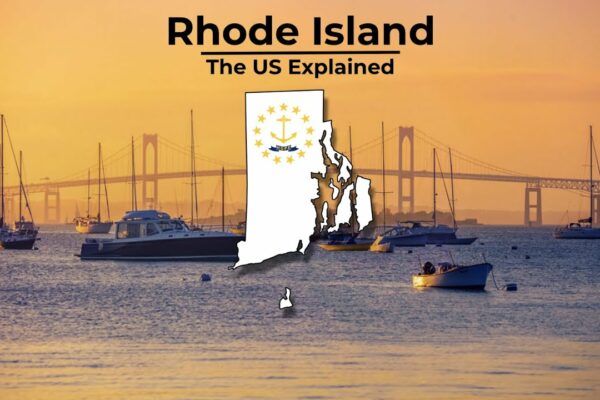
Is it safe to consume tap water in Rhode Island?
Title: Is it Safe to Consume Tap Water in Rhode Island? Rhode Island residents can rest assured knowing that the tap water in the state is generally safe for consumption. The Rhode Island Department of Health conducts rigorous testing to ensure the water meets all federal water quality standards. However, occasional issues may arise due to aging infrastructure or natural events. In such cases, the department promptly notifies affected communities and provides appropriate guidance. As with any water source, it is wise to remain vigilant and stay updated on local advisories. Overall, Rhode Island’s tap water is considered reliable and safe for daily use.







